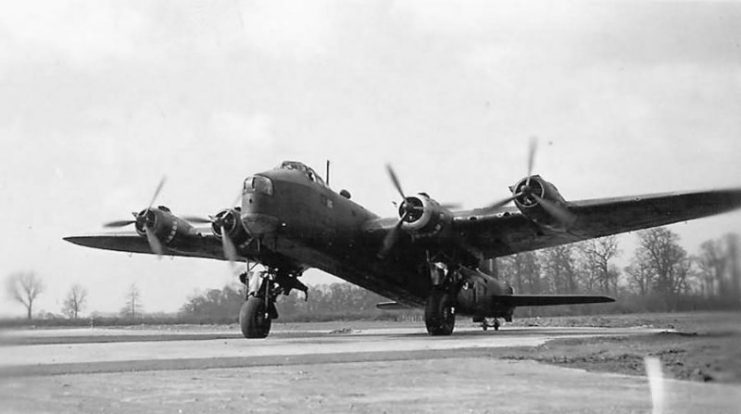The Short Stirling was a British heavy bomber used during the Second World War. It formed the core of the British RAF heavy bomber units, having been known as the first four-engine bomber to serve in the Royal Air Force (RAF).
The Short Stirling was designed in the late 1930s by the Short Brothers, an aerospace company in Belfast, Northern Ireland. The design had come in conformity to the demands of the British Air Ministry.
The British had in 1936 published Specification B. 12/36, which required a long range, high speed, four-engined penetration bomber aircraft, which could be completely designed and manufactured over a short period of time.
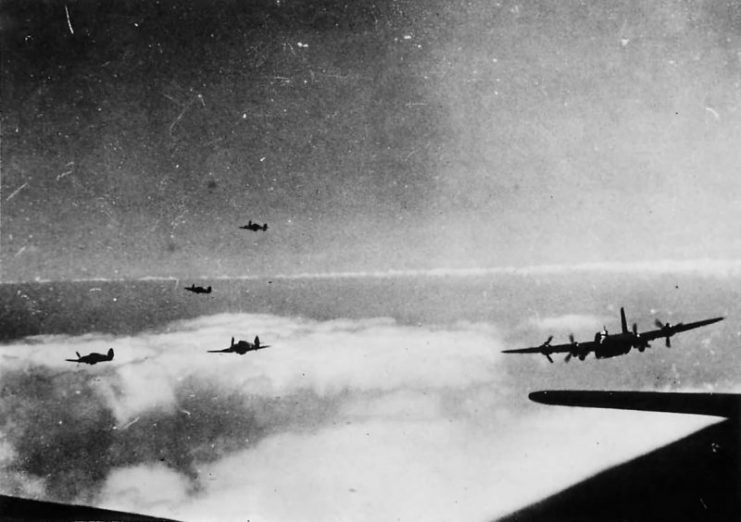
By 1938, a prototype, S31, was delivered by the Shorts Brothers. Its maiden flight on 19th September 1938 was impressive, but following a takeoff accident which came as a result of some imposed modifications, the S31 was scraped. Another prototype, S29 which actually came before the S31, was ordered into production “off the drawing board”.
The S29 prototype embarked on its maiden flight on 14th May 1939, after receiving a service name “Stirling”. This prototype suffered damage due to a landing accident and was thus ruled out.
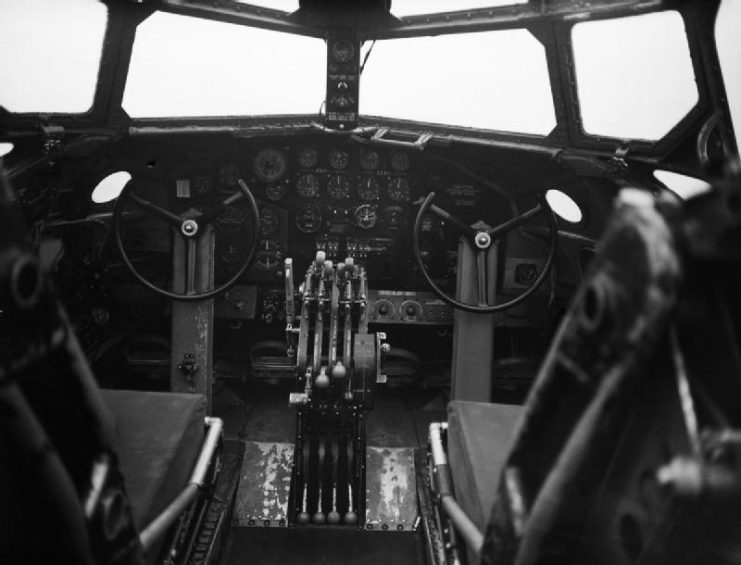
A second prototype was redesigned with adequate modifications. On December 3rd, 1939, it made its maiden flight. One of its engines failed to work during its first sortie, but the aircraft managed to land safely.
The growth of the German Luftwaffe’s strength and the associated risk prompted the order of the Stirlings to rise from 200 aircraft to 1500 aircraft.
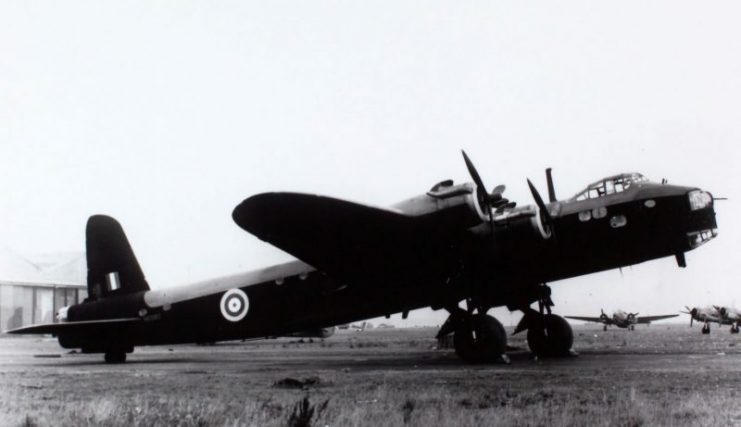
The first few Short Stirling MK Is were powered by 4 Bristol Hercules XI radial piston engines. But most of the later productions were powered with 1,500 hp Hercules XI engines. They had a speed of 255 mph. The Stirling MK III had a speed of 270 mph owing to its four 1,635 hp Hercules VI engines, which was different from that of its predecessors.
It’s 14000 lb bomb load was double that of any other bomber flying from the British-based aviation firm. It had a crew of seven, with a 4000-mile range at its standard speed, along with a 10,000 pounds weapons load over 2300 miles. It’s armament comprised of 2 x 7.7mm machine guns in the powered nose turret.
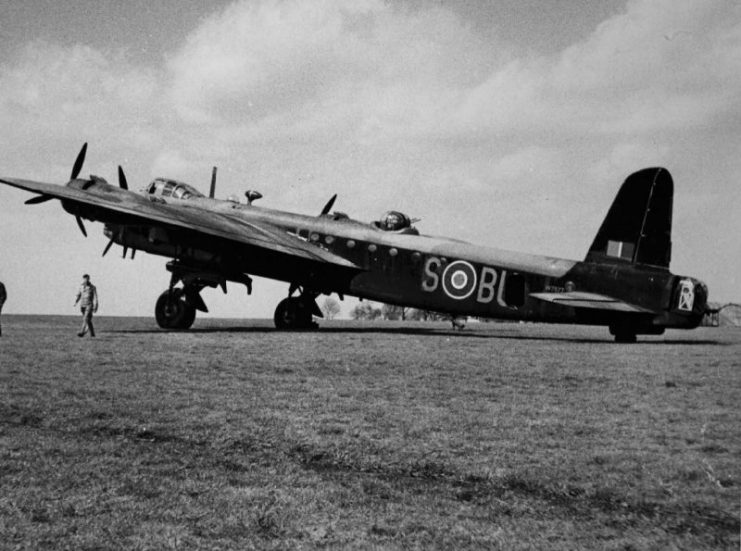
On 7 May 1940, the first production Stirling had its first flight.
The production of the Stirling suffered delays due to the bombings of the Luftwaffe, but by August 1940, the No 7 Squadron at RAF, Leeming, North Yorkshire was outfitted with the new bombers.
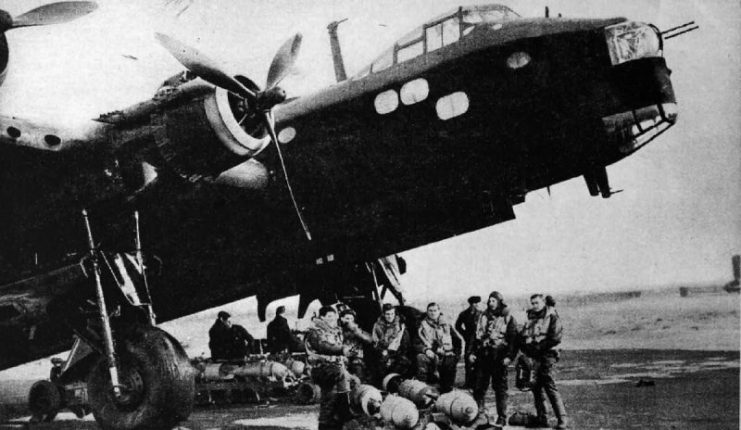
From the spring of 1942, a greater number of the Stirlings were deployed, and from May 1943, the Stirlings would fly in the hundreds to the European continent on bombing raids.
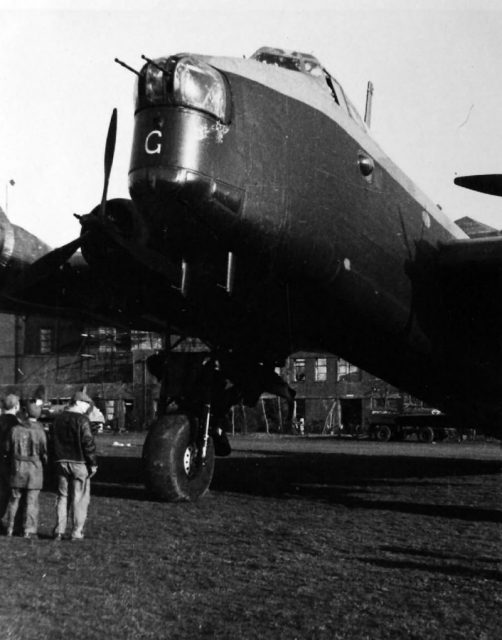
In all their service, the Stirlings flew a total of 14,500 sorties, during which 27,000 tons of bombs were dropped. 582 aircraft were completely lost, while 119 were simply written off. By late 1943, they were withdrawn from the front line and relegated to transportation and other alternative mission types after being replaced.
The Short Stirling was heavily utilized during expeditions such as the Normandy invasion, Operation Market Garden and Operation Glimmer.
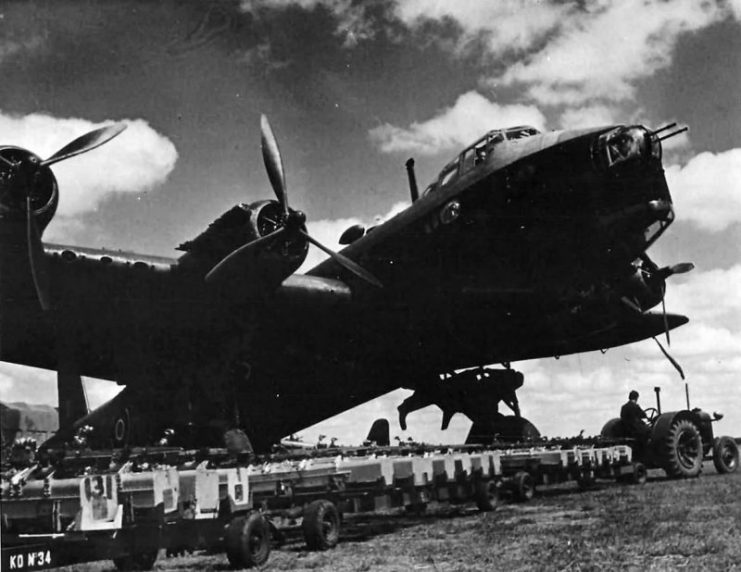
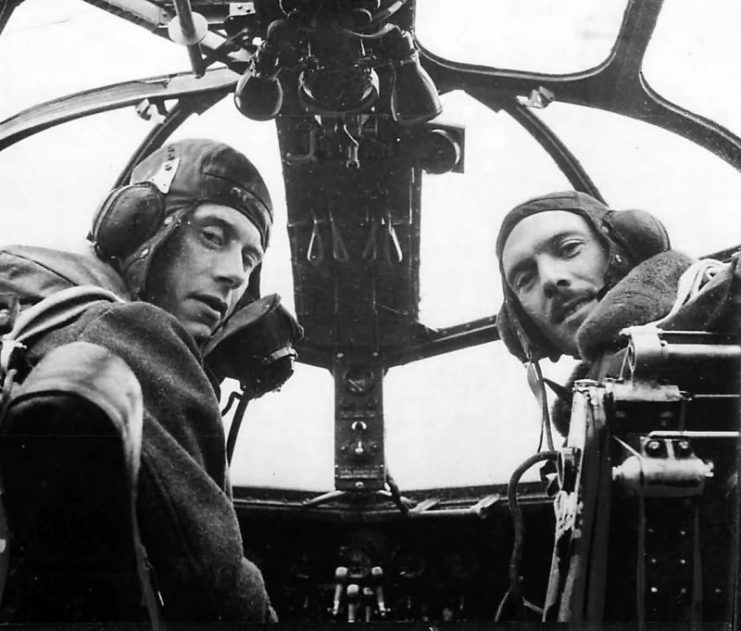
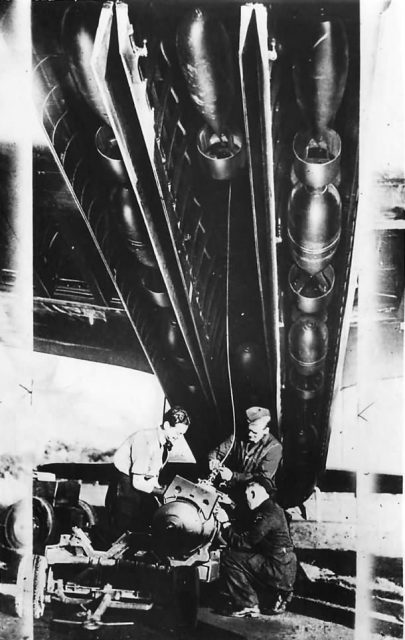
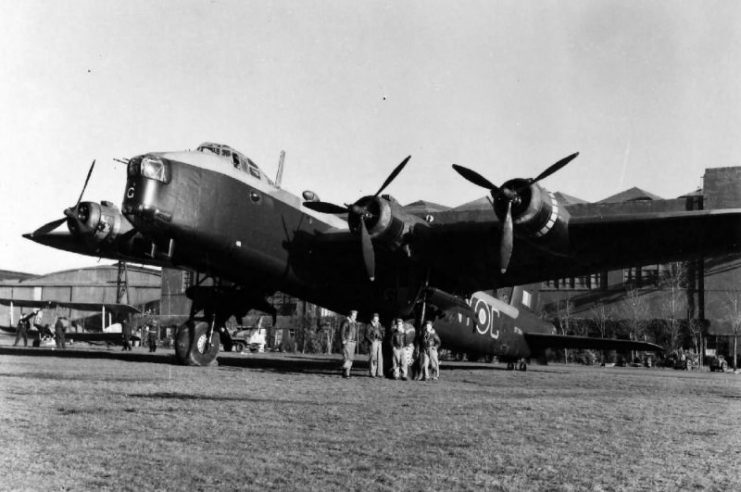
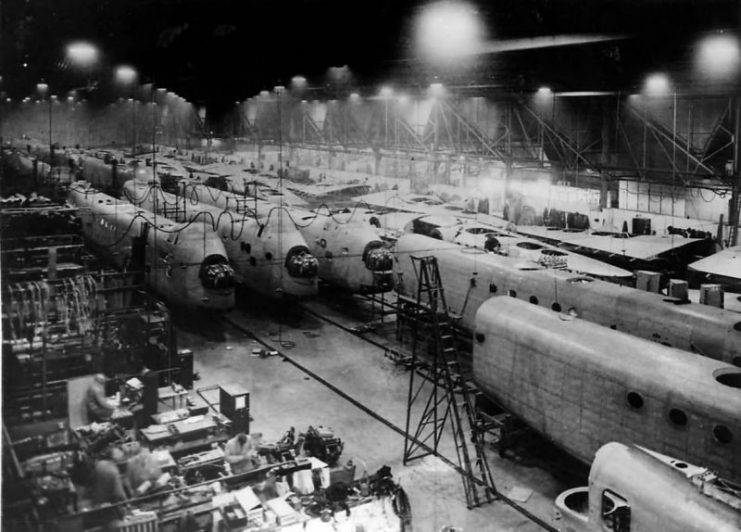
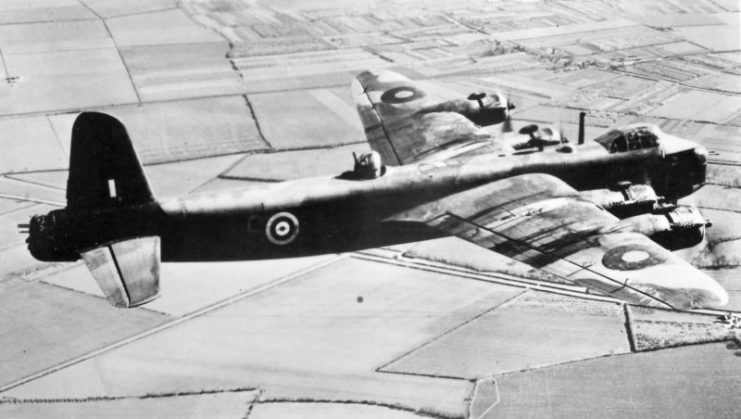
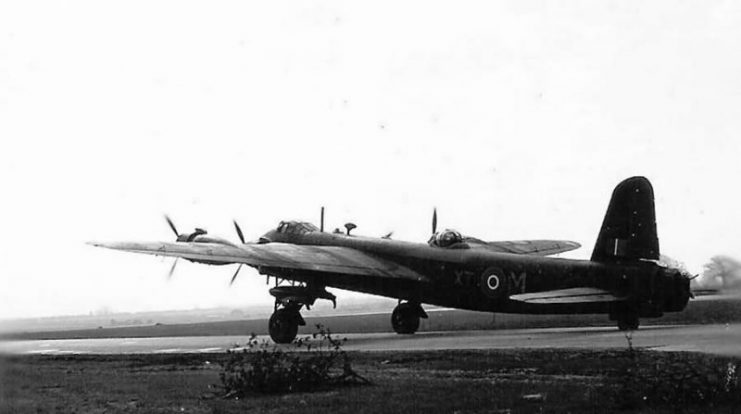
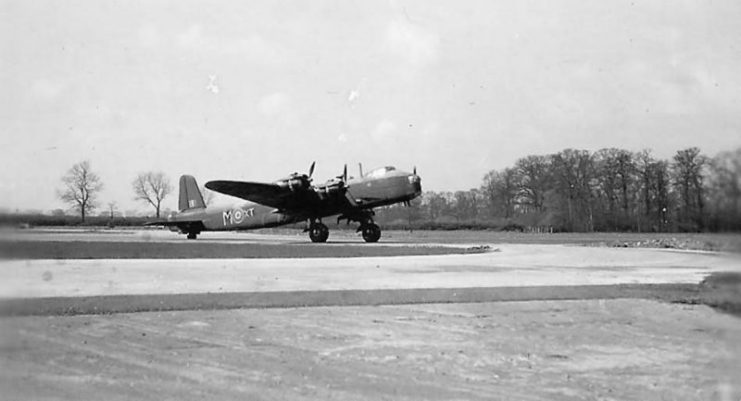
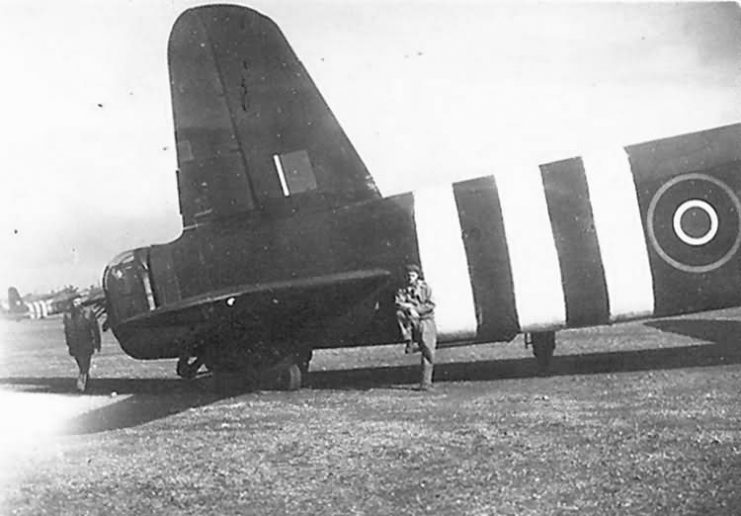
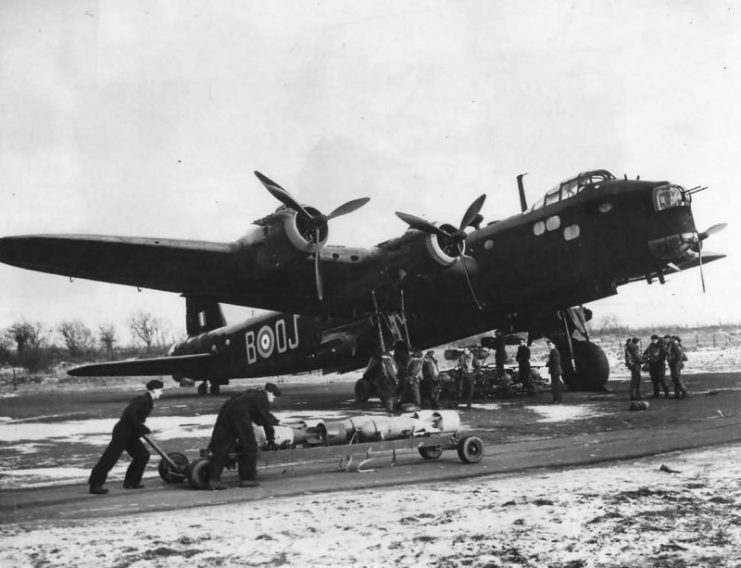
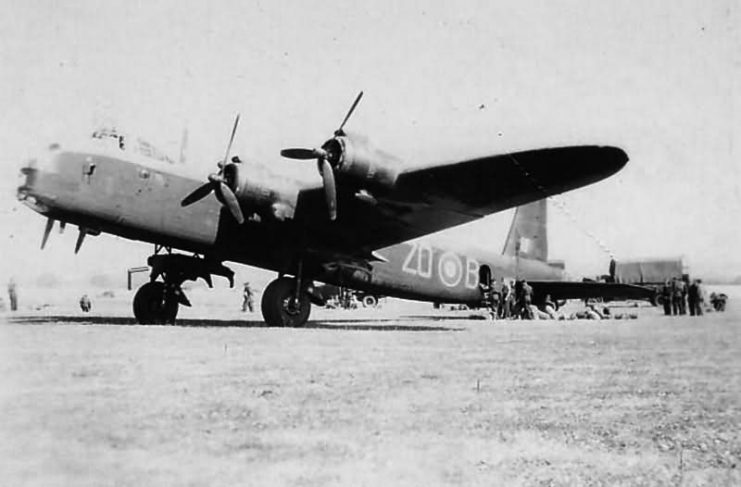
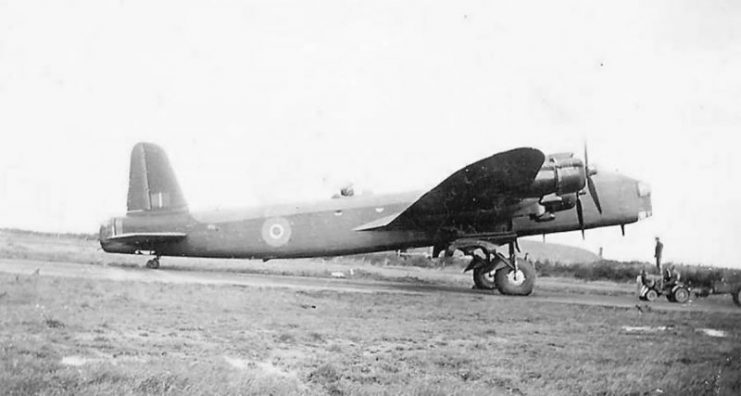
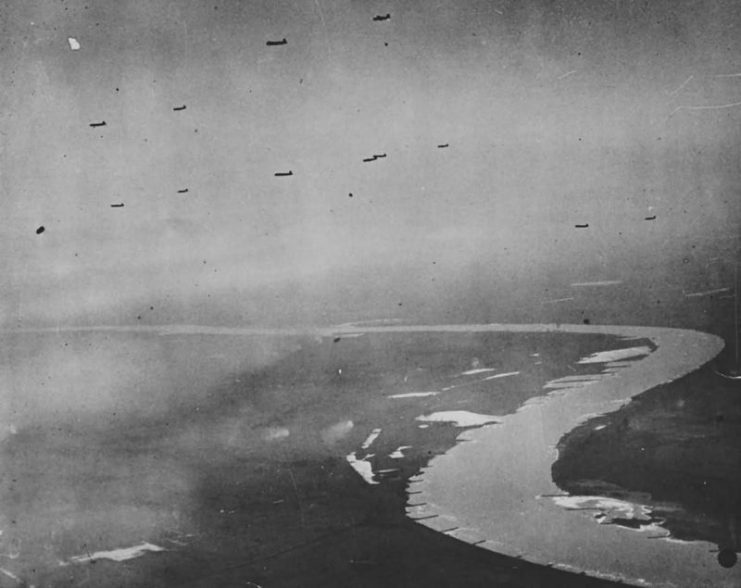
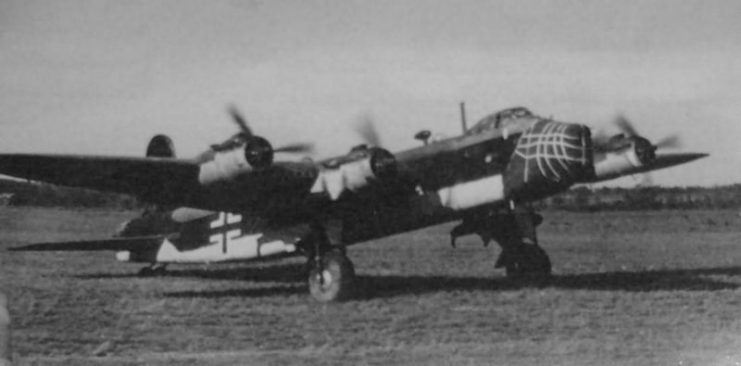
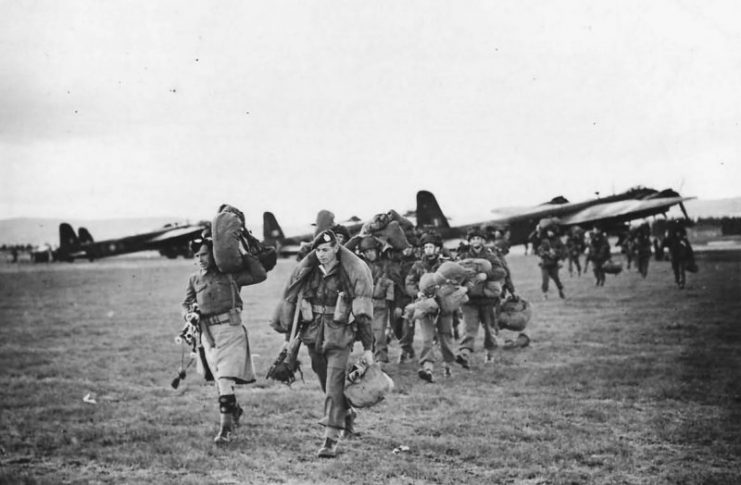
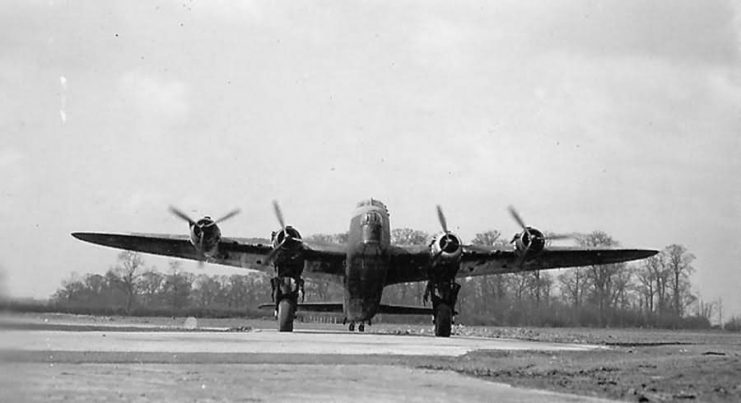
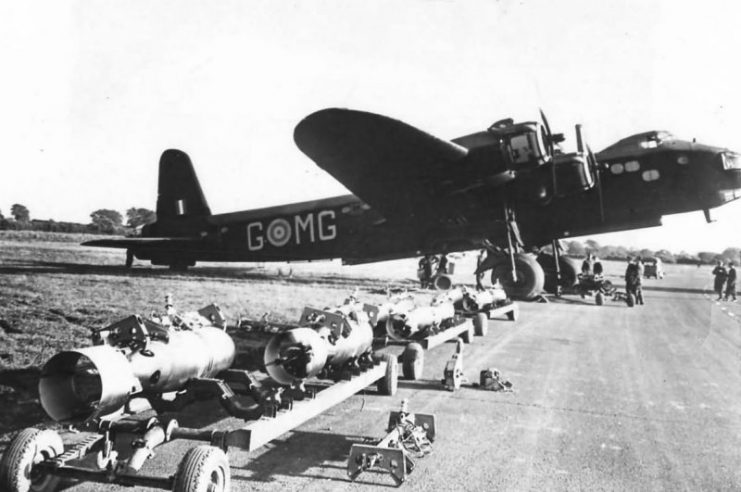
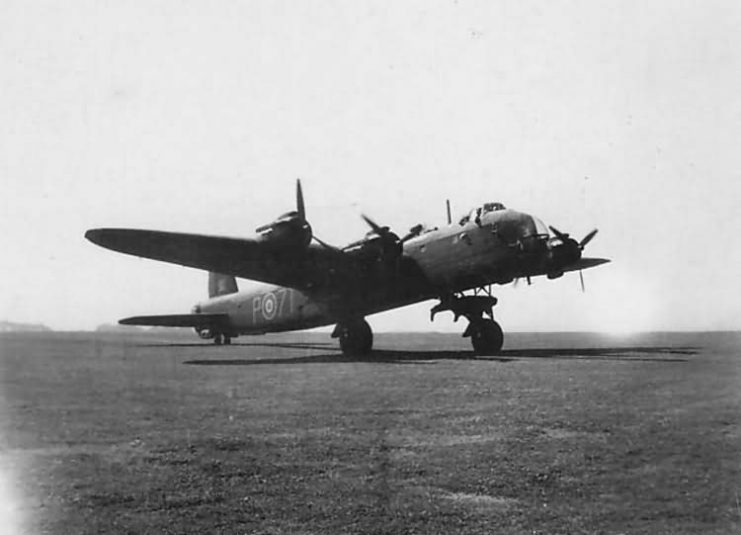
Read another story from us: 34 Pictures of the Best Warbird of WWII – De Havilland Mosquito
